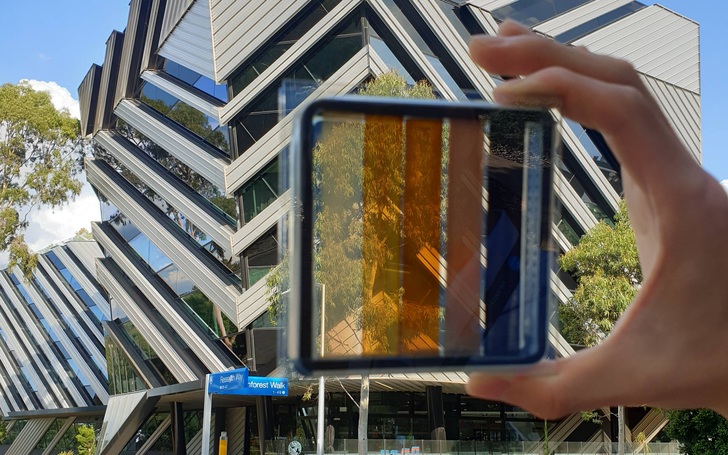Some scientists just invent windows that generate electricity with an efficient transparent solar panel design.
In Switzerland, scientists have come up with a plan for a brand new productivity record for dye-sensitized solar cells, clearing the way for windows that create electricity to help power our houses.

A dye-sensitized solar cell (DSSC, DSC, DYSC, or Grätzel cell) was invented in 1988 by Brian O’Regan and Michael Grätzel. It is a low-cost solar cell belonging to a group of thin-film solar cells. It is based on a semiconductor formed between a photo-sensitized anode and an electrolyte, a photo-electrochemical system.
This plan hopes to create electric power by moving protons from the photosensitizer to an electrical out-turn like a device.
These dye-sensitized solar cells are see-through and can be designed in every color, some places like greenhouses and skylights are already using this technology. Additionally, lightweight flexible versions of DSCs are now commercially sold on a large scale for the electrical powering of portable electronic devices.
Today, at the Swiss Federal Institute of Technology Lausanne (EPFL) scientists have advanced a trick of improving the packing of two newly designed photosensitizer dye molecules to enhance the DSC’s photovoltaic performance.
For the first time, the team managed to enlarge the power conversion efficiency of DSCs beyond 15% in direct sunlight and 30% in ambient light conditions.

The study’s authors wrote in the scientific journal Nature “Our findings pave the way for facile access to high-performance DSCs and offer promising prospects for applications as power supply and battery replacement for low-power electronic devices that use ambient light as their energy source.”